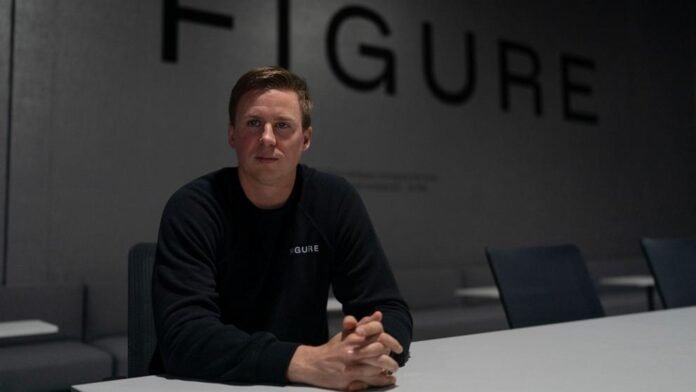OpenAI Partners with Figure to Fuse AI into Humanoid Robots
By MATT O’BRIEN AP Technology Writer | February 28, 2024, 6:19 PM ET
ChatGPT-maker OpenAI is looking to fuse its artificial intelligence systems into the bodies of humanoid robots as part of a new deal with robotics startup Figure. Sunnyvale, California-based Figure announced the partnership Thursday along with $675 million in venture capital funding from a group that includes Amazon founder Jeff Bezos as well as Microsoft, chipmaker Nvidia, and the startup-funding divisions of Intel and OpenAI.
Figure, which is less than two years old and doesn’t have a commercial product yet, is persuading influential tech industry backers to support its vision of shipping billions of human-like robots to the world’s workplaces and homes. CEO Brett Adcock believes that by having humanoids tackle tasks that humans are not willing to do due to labor shortages, they could potentially sell millions, or even billions, of robots.
OpenAI, known for its large language models like ChatGPT, had dabbled in robotics research before but then shifted its focus. With this new partnership, the company sees new possibilities for integrating AI into everyday robotics. Peter Welinder, OpenAI’s vice president of product and partnerships, stated in a press release that the collaboration will explore how robots can assist in various aspects of daily life.
The specifics of the partnership deal between Figure and OpenAI were not disclosed. However, it is expected that OpenAI will develop specialized AI models for Figure’s humanoid robots, potentially leveraging technologies like GPT language models, DALL-E image generator, and the recently introduced Sora video generator. This collaboration aims to enhance Figure’s robots and enable them to process and reason based on language inputs.
Challenges and Potential of Humanoid Robotics
Robotics experts have varying opinions on the usefulness of humanoid robots. While most robots used in industrial settings may have some animal-like features, truly humanoid robots with human-like structure and capabilities are still a challenge to develop. Engineers have spent years perfecting robots’ abilities to walk on two legs and manipulate objects, leading to some skepticism about the feasibility of widespread humanoid robot adoption.
Whitney Rockley, co-founder of venture capital firm McRock Capital, acknowledges the emotional appeal of humanoid robots but highlights the technical complexities and long timelines associated with their development. While humanoids can evoke emotions and spark conversations, practical challenges in their design and functionality persist.
OpenAI’s renewed interest in robotics, as hinted by CEO Sam Altman in a podcast with Bill Gates, signals a shift in the company’s focus. Altman acknowledged the challenges faced in earlier robotics projects and stressed the importance of first developing intelligence and cognition before addressing physicality in robots.
As OpenAI and Figure embark on their collaboration to integrate AI into humanoid robots, the future of robotics and artificial intelligence intertwines, offering new opportunities and challenges for the tech industry.
The AP has signed a deal with OpenAI for it to access its news archive.









